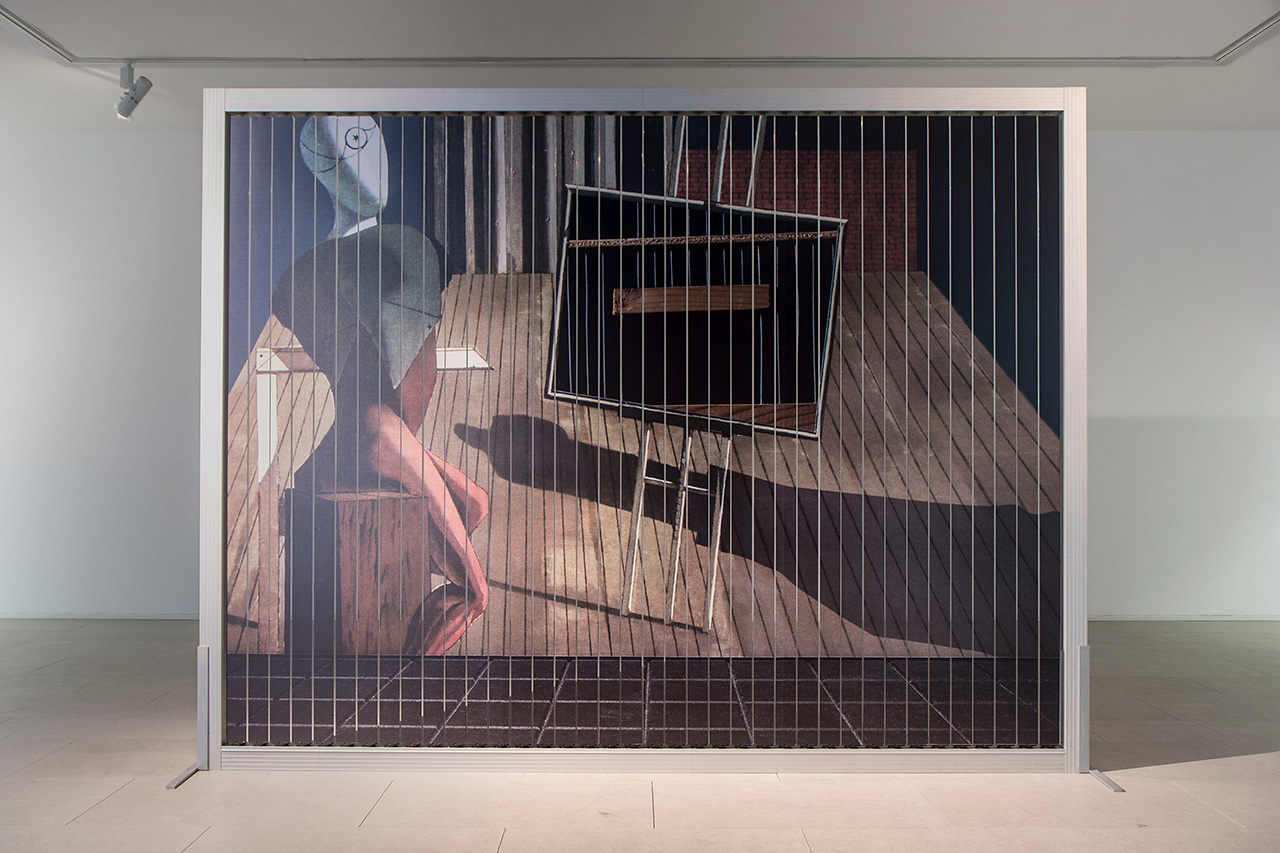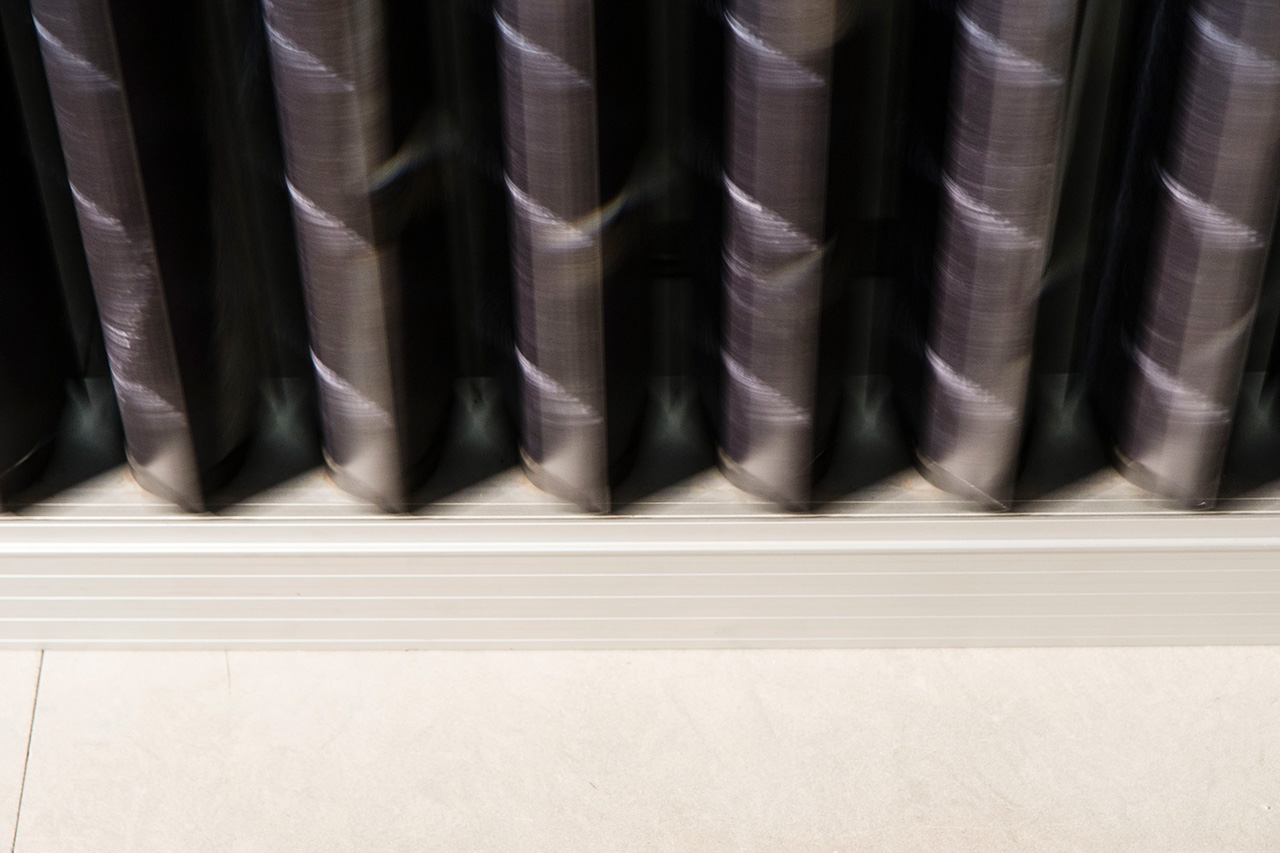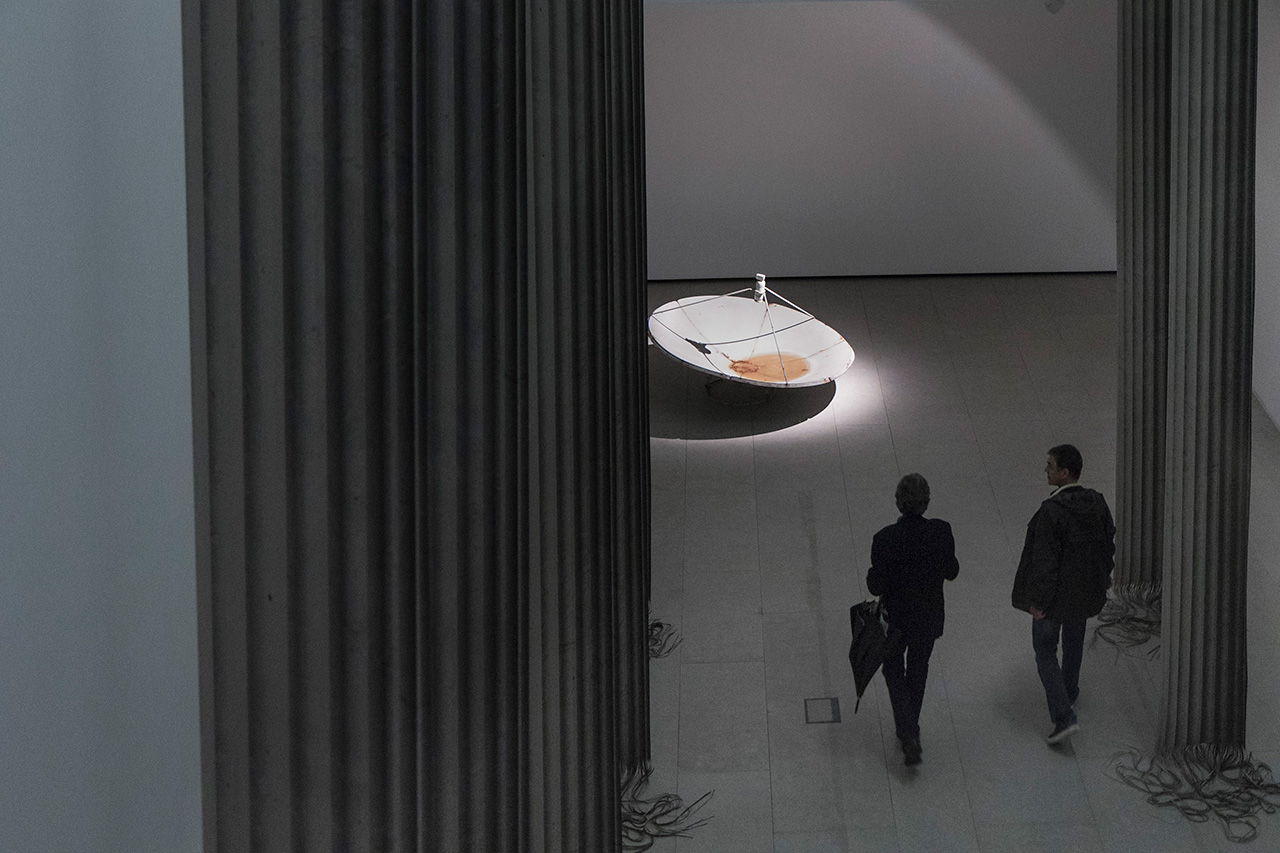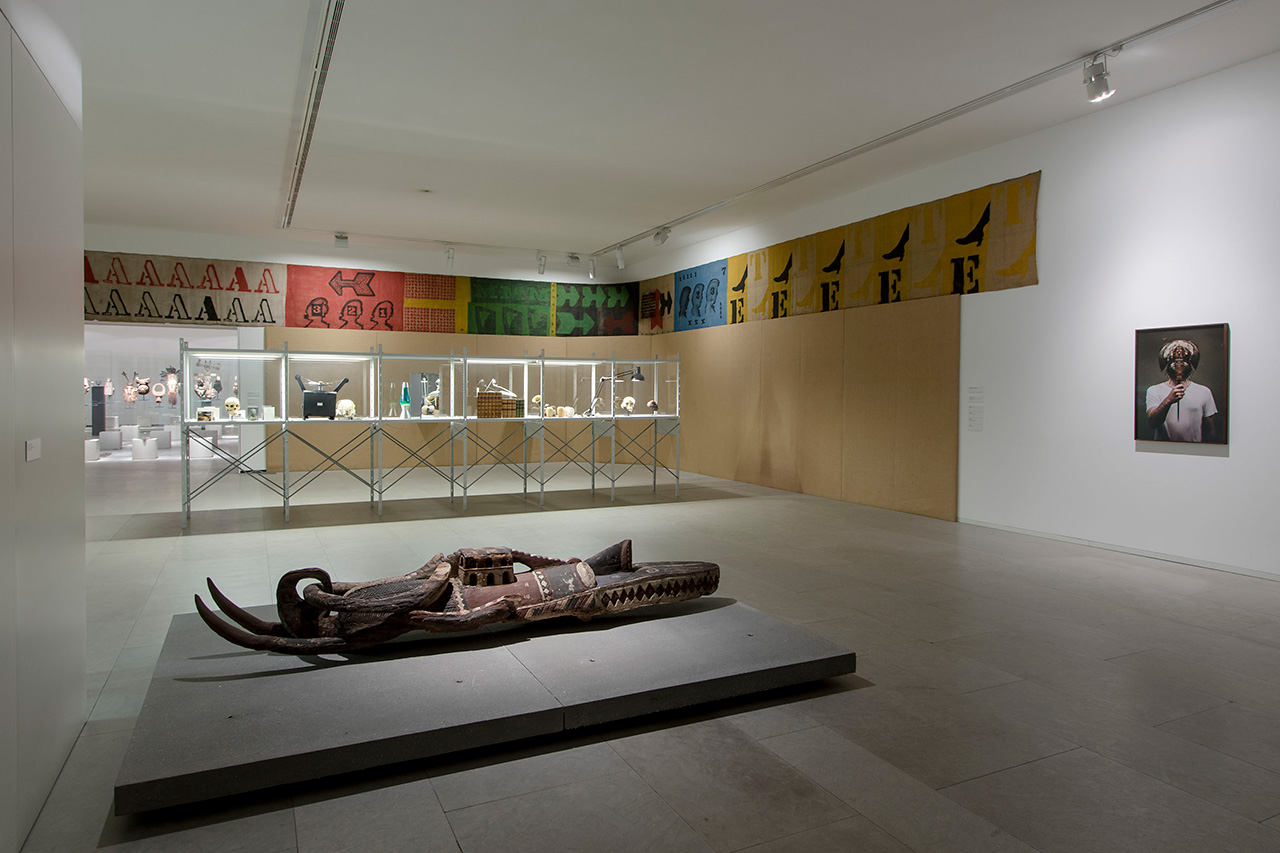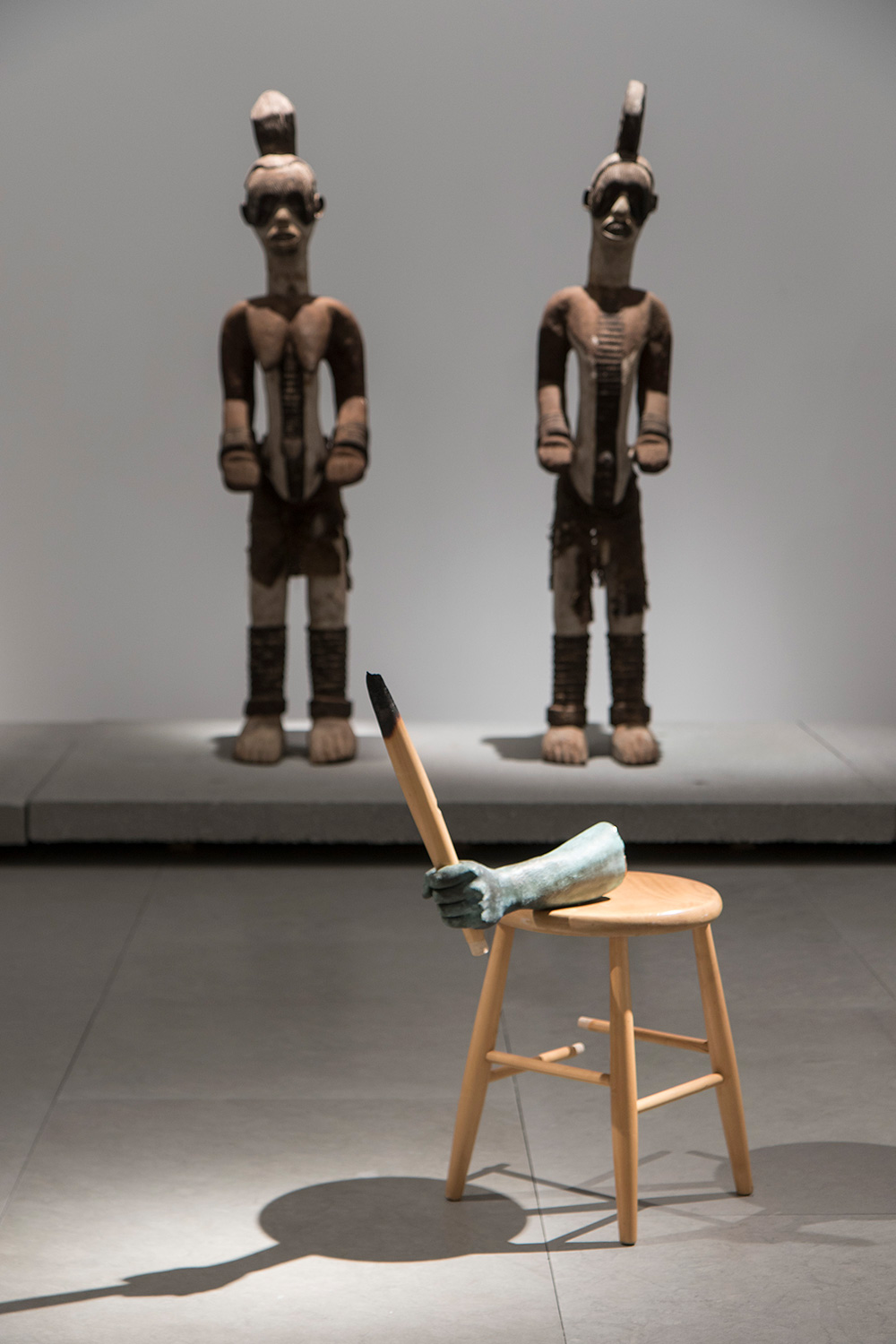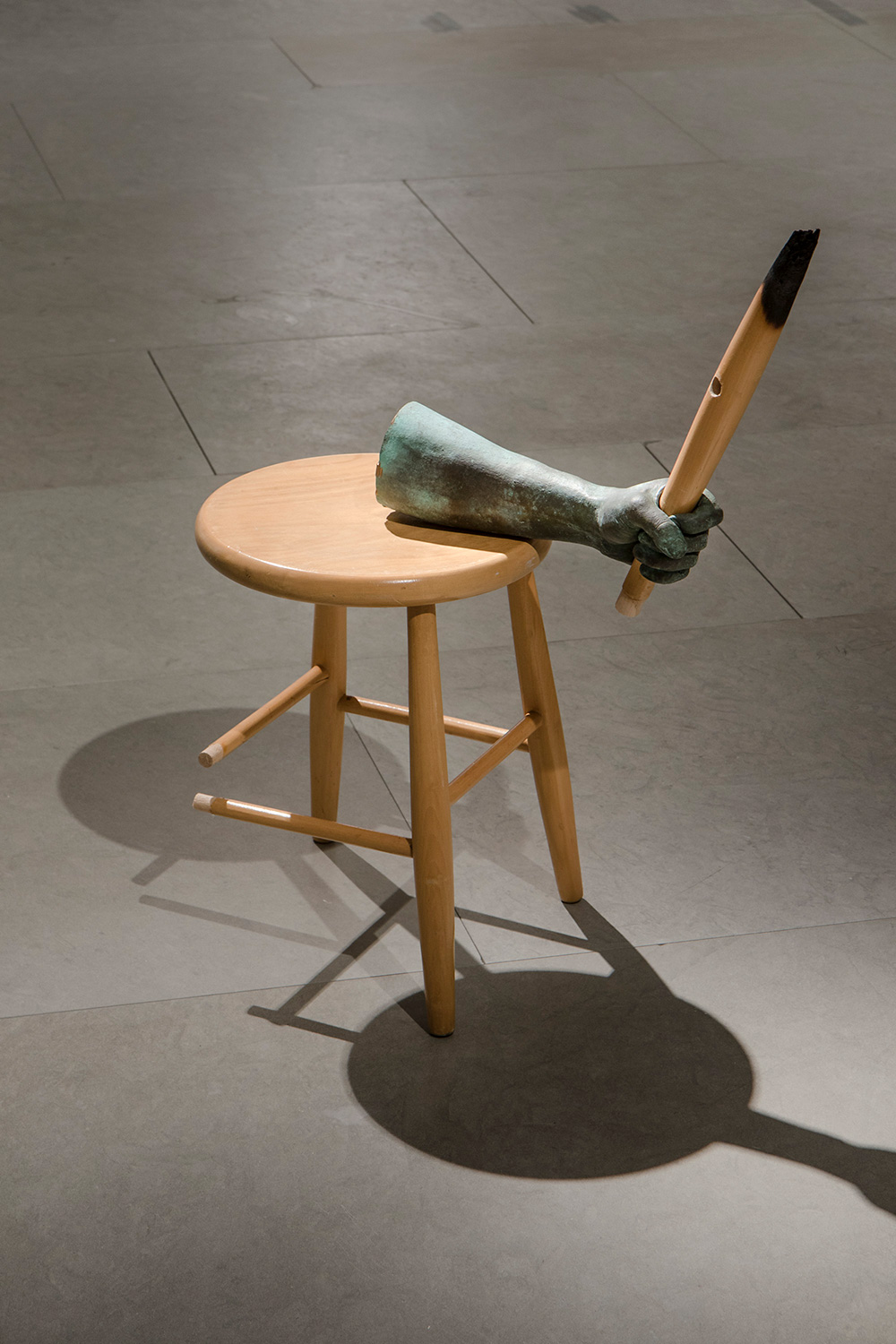Conceived in intimate dialogue with the CIAJG’s museum program, this major exhibition of the work of Christian Andersson (Stockholm, 1973) combines a set of iconic and compelling works by the artist – such as Scanner and From Lucy with Love, installed in two of the museums most symbolic rooms (rooms 2 and 3 of the permanent collection’s floor) – plus brand new works specifically produced for the exhibition.
This project is not only determined by the size of the exhibition space, but also by symbolic factors. The artist has conceived the space as a whole – establishing a complex set of relations, raising a series of problems or hypotheses, questioning the idea of a museum or exhibition, the collection as whole, or as a fragmentary representation of the world, of the fallibility of systems of thinking and of documental or material exploration of the history of disciplines, such as History or Archaeology. Christian Andersson’s thinking is rhizomatic, multiple and diverse, both from a formal perspective and in terms of the narrative modes that he engenders, using images or objects to tell his stories. He challenges the spectator, sending out false clues, and appealing to biographical and biological memories. His oeuvre, which always varies widely in formal terms (it is very rare to find two similar works) seeks to deconstruct the history of art as an idea of progress and considers that language lies at the heart of artistic creation – as the surrealists did before him. The works installed on the upper floor exist ‘in the intervals of history’ as the artist puts it, and serve as footnotes, codes or signs, coincidences or accidents, objective or subjective data (e.g. Scanner, installed in the masks room, which transforms Rorschach inkblots into unstable and nebulous forms, questioning the idea of identity in a subtle yet radical manner). By contrast, the works installed in the temporary exhibitions space serve as a kind of ‘subconscious space of the museum’. This floor consists of works that place the viewer in a state of perspective limbo, creating a loss of personal references in space and time. Andersson explores concepts herein such as the abyss, echo or transmission. We perhaps realize this when we contemplate one of his new works – an obsolete antenna that perpetuates its function of communicating via waves. The issue at stake here is the death of a certain idea of science fiction – as a utopian aspiration to an uncertain and mysterious future. To our amazement, reality has seized the reins of fiction.
Nuno Faria, curator



